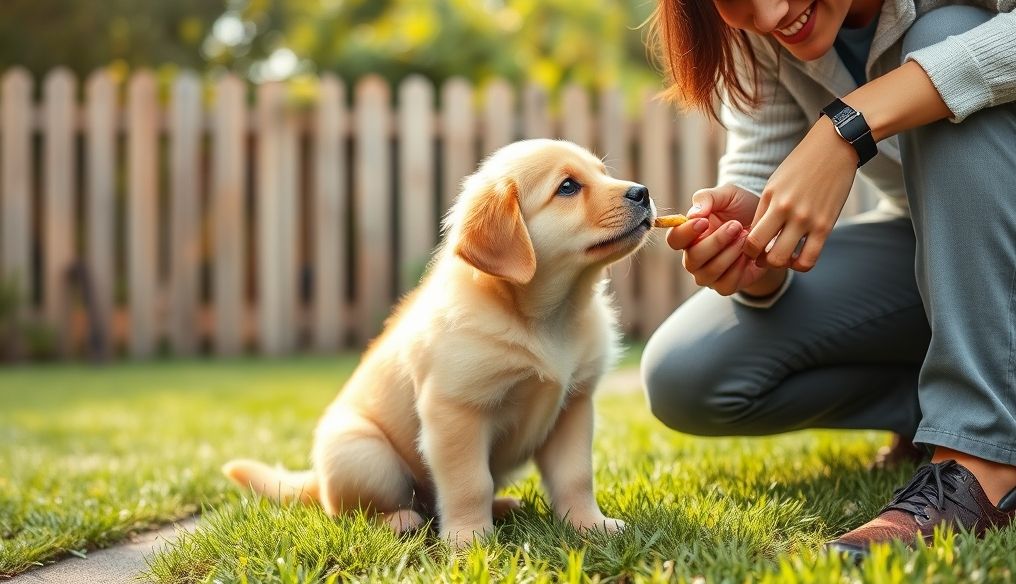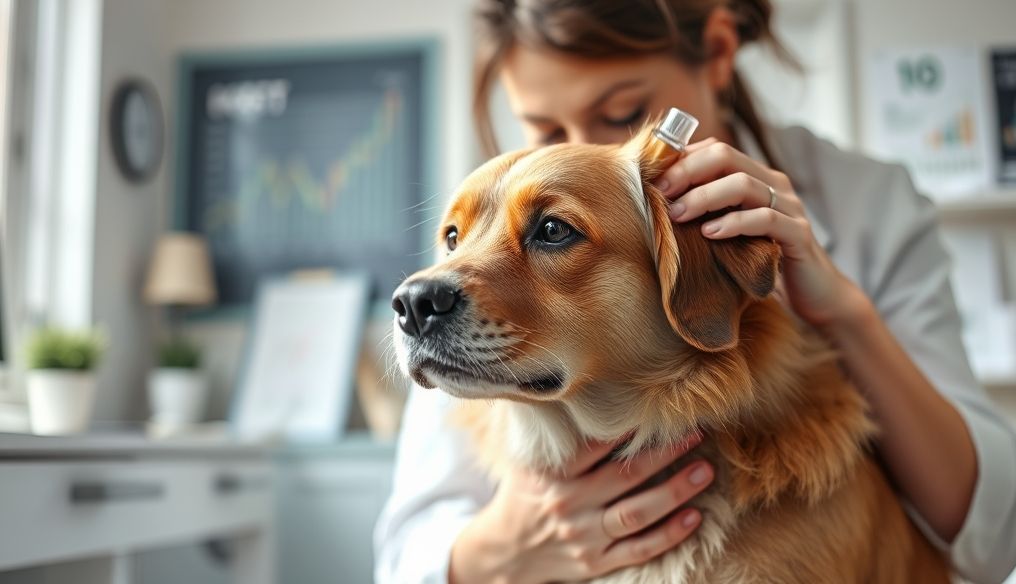Introduction: Welcoming Your New Friend to Your Home
Adding a pet to your family is a big and exciting decision. Whether it’s a dog, cat, rabbit, or any other animal, preparing your home properly before its arrival will help ensure a smooth and happy transition for everyone. This article will provide you with a comprehensive guide on how to prepare your home, considering aspects of safety, comfort, and health, along with some additional tips to make this experience as enjoyable as possible.
Chapter 1: Assessing Your Home from a Pet's Perspective
Before anything else, imagine your home from a pet's perspective. What potential hazards are there? What areas might be attractive for exploration?
1. Identifying Potential Hazards:
- Electrical Wires: Make sure to hide or protect exposed electrical wires. Pets, especially puppies and kittens, may be tempted to chew on them.
- Chemicals: Store all chemicals, such as cleaning supplies and medications, in high and secure places out of reach of pets.
- House Plants: Some houseplants are toxic to pets. Check the list of toxic plants and get rid of them or place them in areas that the animal cannot access.
- Small Objects: Collect small objects such as buttons, beads, or anything that can be swallowed.
2. Securing Furniture:
- Shelves and Cabinets: Ensure that shelves and cabinets are securely mounted to prevent them from falling if the pet tries to climb on them.
- Scratchable Furniture: If you are welcoming a cat, consider providing scratching posts to protect your furniture.
Chapter 2: Creating a Safe and Comfortable Space
The new pet should have a special place where it feels safe and comfortable.
1. Designating a Specific Area:
- Dogs: This area can be a comfortable bed in a quiet corner of the house.
- Cats: This can be a litter box in a private place, as well as a high bed or shelf that provides them with a good view.
- Other Small Animals: A large and comfortable cage with all the basic needs.
2. Providing Comfort:
- Comfortable Bedding: Choose bedding suitable for the size of the pet and preferably washable.
- Blankets and Toys: Providing soft blankets and safe toys can help the pet relax and adapt to its new environment.
Chapter 3: Preparing the Food and Water Area
The food and water area should be clean and easily accessible.
1. Choosing the Right Bowls:
- Food and Water Bowls: Choose bowls made of safe and easy-to-clean materials. Stainless steel bowls are a good option.
- Bowl Size: The size of the bowl should be appropriate for the size of the pet.
2. Selecting the Appropriate Location:
- Quiet Place: Place the food and water bowls in a quiet place away from crowded areas.
- Easy Access: Make sure that the pet can easily access food and water at any time.
Chapter 4: Providing Toys and Activities
Toys and activities are essential to keep the pet healthy and happy.
1. Choosing the Right Toys:
- Safety First: Choose toys made of safe and non-toxic materials. Avoid toys that contain small parts that can be swallowed.
- Variety: Provide a variety of toys to meet the pet's different needs, such as chew toys, interactive toys, and toys that encourage movement.
2. Allocating Time for Play:
- Regular Playtime: Set aside daily time to play with your pet. This helps strengthen the bond between you and meet its physical and mental needs.
- Outdoor Activities: If you have a dog, take it on regular walks. If you have a cat, consider providing a safe window where it can sit and watch the outside world.
Chapter 5: Additional Safety Measures
Safety is the top priority when welcoming a new pet.
1. Securing Windows and Balconies:
- Protective Nets: Install protective nets on windows and balconies to prevent pets from falling.
- Closing Windows: Make sure to close the windows or secure them properly when not under supervision.
2. Securing Stairs:
- Baby Gates: If you have stairs, consider installing baby gates to prevent small pets from climbing up or down them without supervision.
3. Securing the Backyard:
- Fencing: Make sure the backyard is securely fenced to prevent pets from escaping.
- Toxic Materials: Remove any toxic materials from the backyard, such as insecticides and fertilizers.
Chapter 6: Handling Unexpected Accidents
Accidents happen, so it's important to be prepared.
1. Cleaning Accidents:
- Special Cleaners: Use pet-specific cleaners to clean stains and odors. Avoid using cleaners containing ammonia, as they may encourage the pet to repeat the accident in the same place.
2. Toilet Training:
- Positive Training: Use positive training to teach the pet to use the toilet in its designated place.
- Patience: Be patient and understanding. It may take some time for the pet to learn the new routine.
Chapter 7: Healthcare and Nutrition
Proper healthcare and nutrition are essential for the health and happiness of your pet.
1. Visiting the Veterinarian:
- Regular Check-ups: Take your pet to the veterinarian for regular check-ups and necessary vaccinations.
- Parasite Prevention: Talk to your veterinarian about preventing parasites such as fleas, ticks, and worms.
2. Proper Nutrition:
- High-Quality Food: Choose high-quality food that is appropriate for the age and type of pet.
- Appropriate Amounts: Follow the instructions of the veterinarian or the food manufacturer to determine the appropriate amounts.
- Clean Water: Make sure to always provide fresh, clean water.
Chapter 8: Social Adaptation
Helping your pet adapt to its new environment and other household members.
1. Gradual Introduction:
- Gradual Introduction: If you have other pets, introduce the new pet gradually. Allow them to get to know each other through scent first, then allow them to see each other for short periods under supervision.
2. Continuous Monitoring:
- Monitoring: Monitor the interaction of pets with each other and intervene if necessary.
- Providing Separate Space: Make sure each pet has its own space to retreat to if needed.
Chapter 9: Additional Tips to Make the Experience Enjoyable
Some additional tips that can help you make the experience of welcoming a new pet as enjoyable as possible.
1. Be Patient:
Adapting to a new environment takes time. Be patient and understanding with your new pet.
2. Continuous Training:
Continuous training helps to reinforce good behavior and strengthen the bond between you and your pet.
3. Enjoy Time with Your Pet:
Enjoy the time you spend with your pet. It is a new member of your family and will bring you a lot of joy and happiness.
Conclusion
Preparing your home to welcome a new pet requires some planning and effort, but it is worth it. By following these tips, you can ensure a smooth and happy transition for your new pet and create a safe and comfortable environment for it and all members of your family.




